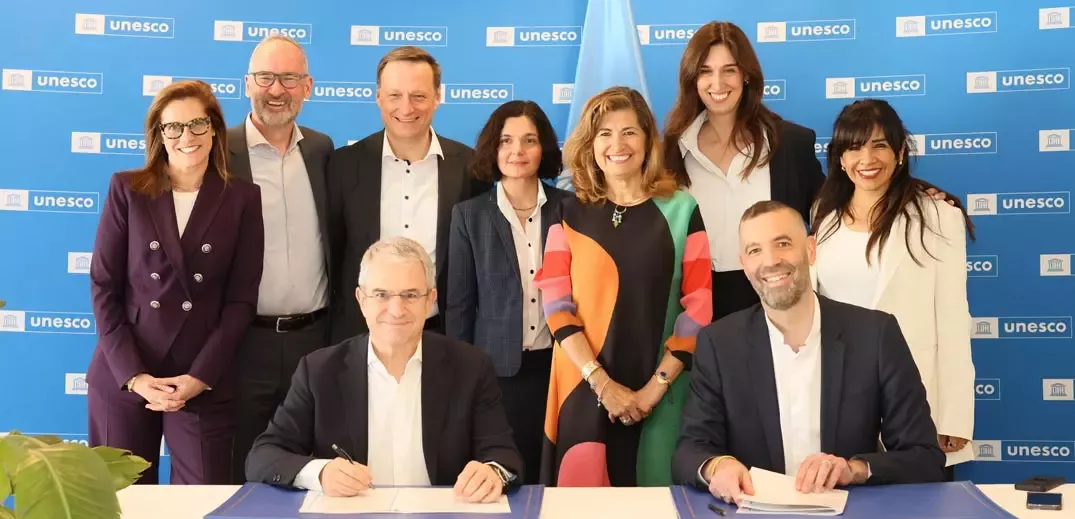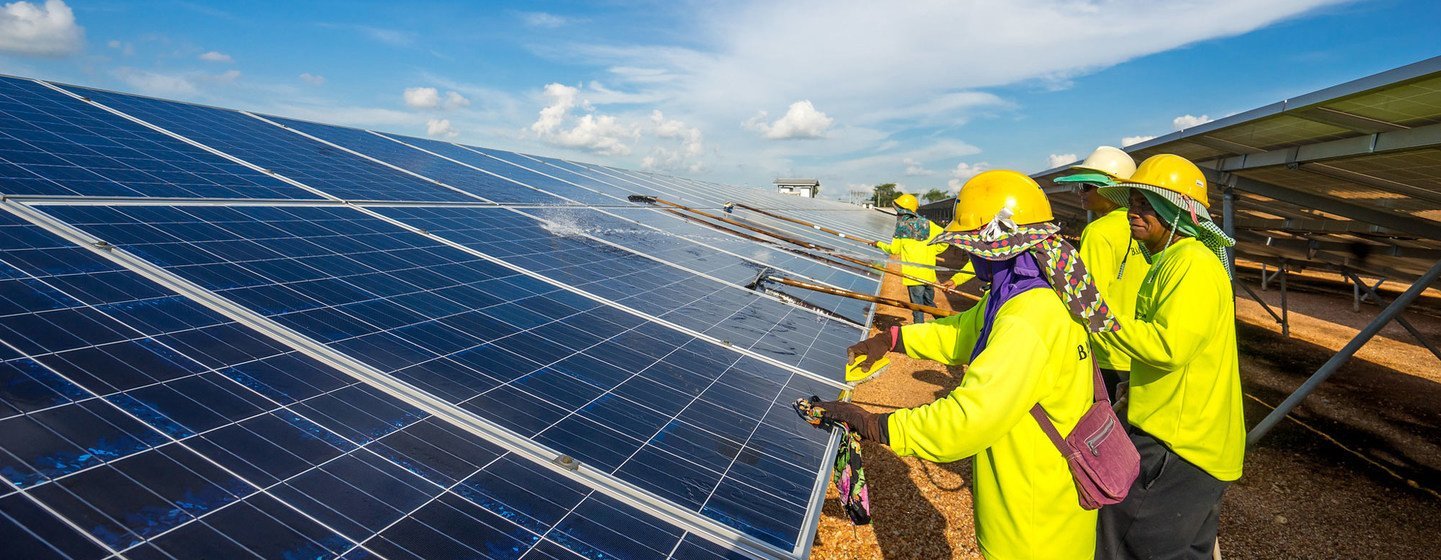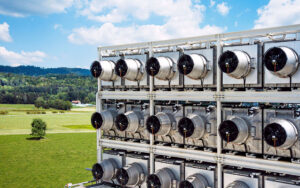Key Impact Points:
- Heimdal’s new Oklahoma facility captures 5,000 tons of CO2 annually and uses the gas for enhanced oil recovery (EOR).
- The company’s cost of CO2 capture is under $200 per ton, though operational emissions from natural gas usage are not yet accounted for.
- Heimdal stands out by using captured CO2 for oil extraction, a controversial choice compared to competitors focused solely on storage.
The Largest Carbon Capture Facility in the US
Heimdal, a startup backed by Sam Altman, Marc Benioff, and Y Combinator, has announced the opening of the largest US facility for pulling carbon dioxide from the air. Located in Shidler, Oklahoma, the plant is capable of capturing 5,000 tons of CO2 annually, which Heimdal will use to extract oil—a decision that sets the company apart from others in the direct air capture (DAC) industry.
The technology at Heimdal’s facility involves heating quarried limestone, exposing it to air to absorb CO2, and then reheating it to extract the captured carbon. According to Marcus Lima, co-founder and CEO of Heimdal, the company has achieved a cost of capture below $200 per ton. While this is a breakthrough in affordability, Lima acknowledges that the plant’s 5,000-ton capacity does not yet factor in emissions generated by the natural gas powering the technology.
“We are, of course, very supportive of the EOR industry,” said Lima. “I don’t believe the fossil fuel industry should go away in its entirety.”
A Departure from the Norm
Heimdal’s approach contrasts sharply with other DAC companies, such as Heirloom Carbon Technologies and Climeworks AG, which focus solely on storing captured carbon rather than using it for enhanced oil recovery. Heimdal’s captured CO2 is being used by CapturePoint, a carbon utilization company, to increase oil output from a nearby well.
Change the World - Subscribe Now
This model of using CO2 to boost oil production, known as enhanced oil recovery (EOR), remains controversial. While it helps reduce atmospheric carbon, critics argue that it extends the lifespan of fossil fuel use, conflicting with global efforts to cut greenhouse gas emissions. Nevertheless, Heimdal and its partners see this as a viable path forward while working on long-term solutions for permanent carbon storage.
The Cost and Emissions Dilemma
Unlike some of its competitors, Heimdal powers its carbon capture process with natural gas—a move driven by cost efficiency. Lima admitted that natural gas is “the cheapest form of heat out there,” but acknowledged that the company will need operating data to assess how much CO2 is emitted during the process. Currently, most kilns emit about 550 pounds (250 kilograms) of CO2 for every ton of carbon removed.
Despite the reliance on natural gas, Lima hinted at the potential to switch to electric kilns in the future, but for now, cost considerations make natural gas the more feasible option for Heimdal’s operations.
The Path to Permanent Sequestration
The US has become a hotbed for early-stage DAC companies, fueled by tax credits in the Inflation Reduction Act and funding from the US Energy Department. These incentives are particularly strong for companies that store CO2 permanently, though EOR projects like Heimdal’s still qualify for partial credits.
Lima confirmed that Heimdal is open to permanently sequestering its captured CO2 in underground wells, but the process is dependent on obtaining permits for sequestration wells—a procedure that could take several years.
As the company continues to scale up, Heimdal is positioning itself as a major player in the DAC industry, balancing the needs of the energy market with emerging climate technologies aimed at addressing the most challenging sectors to decarbonize.












